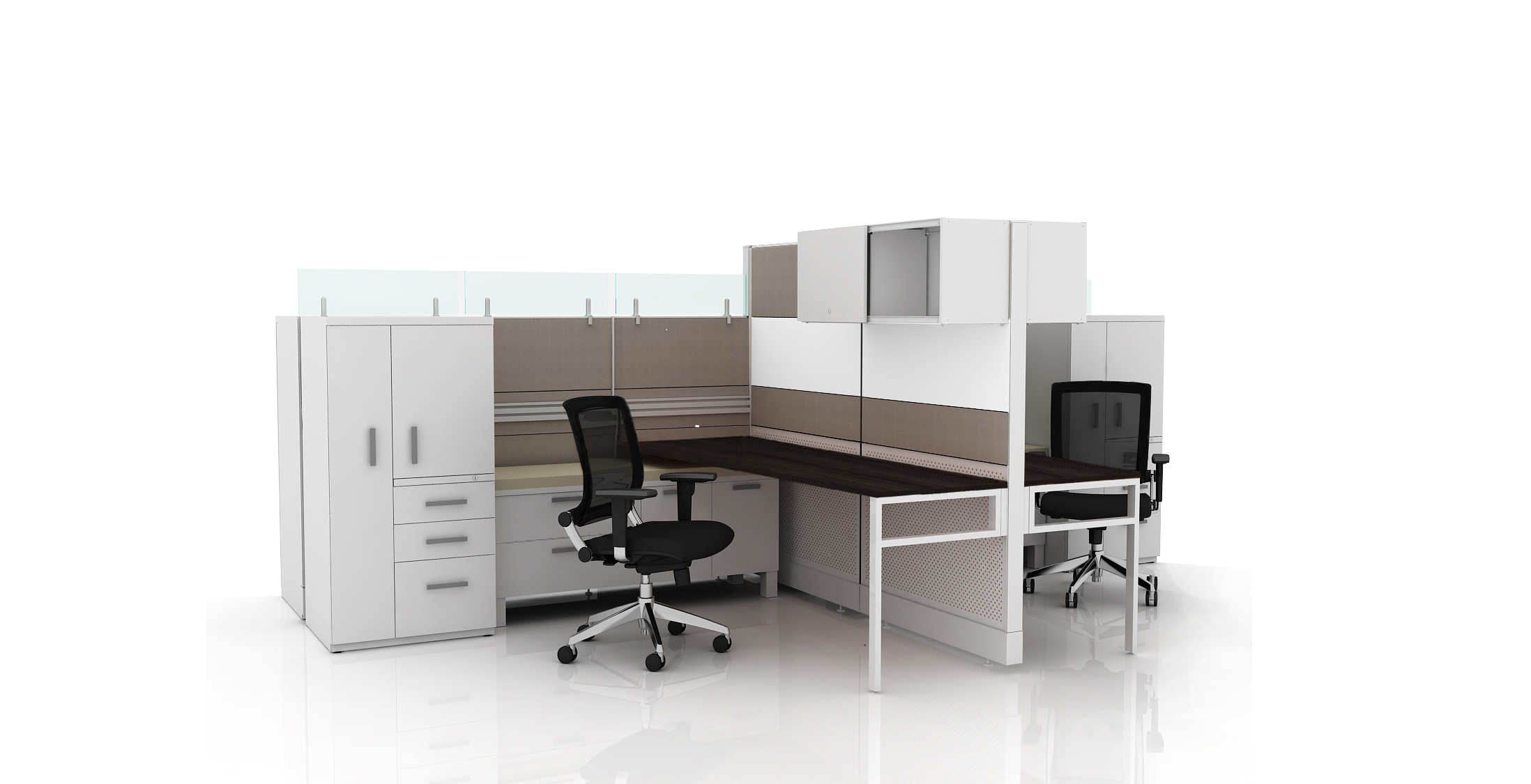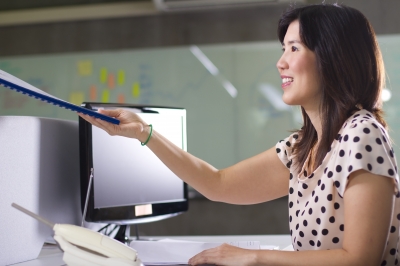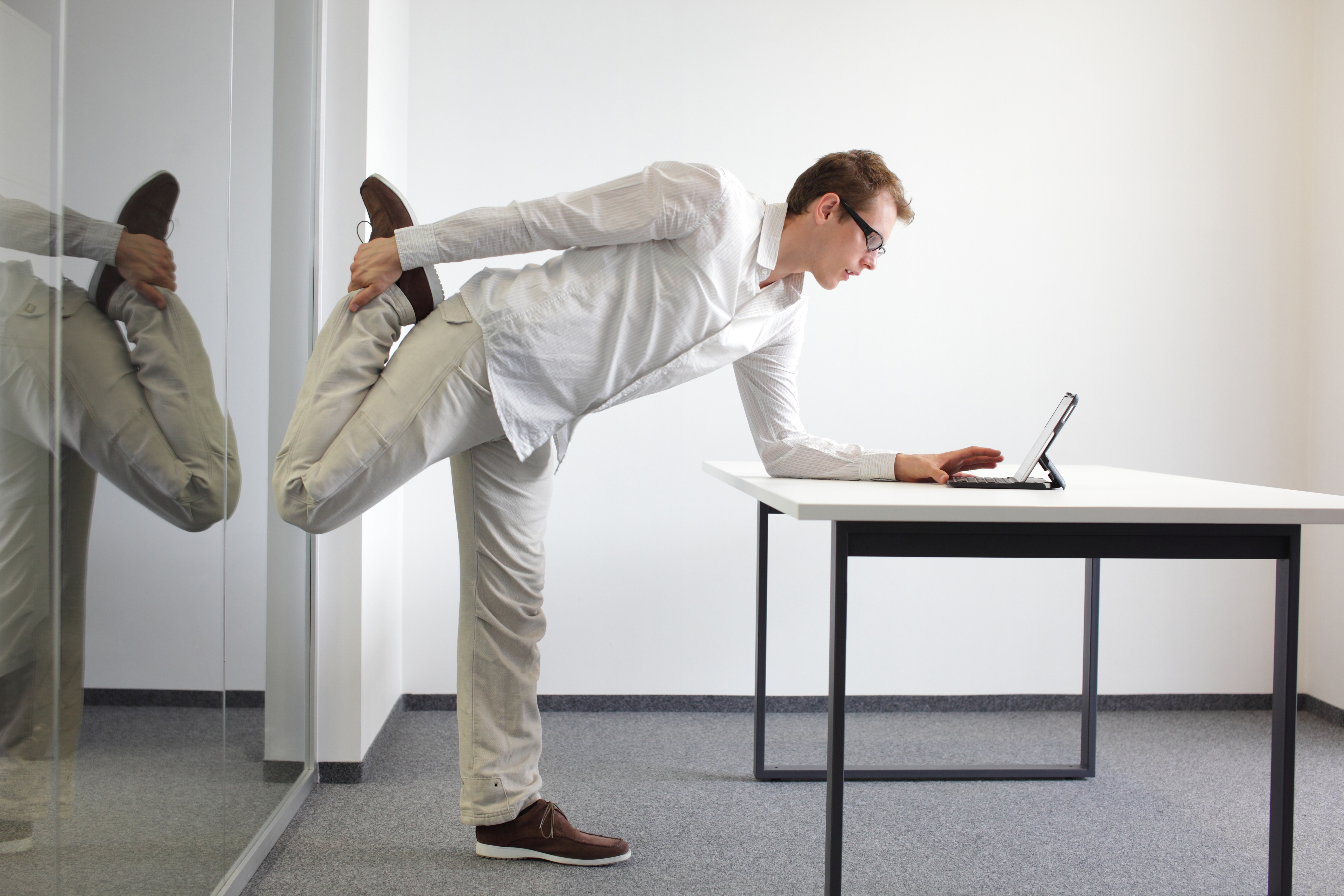29 Jun Benefits of a Modern Office Cubicle
Benefits of a Modern Office Cubicle
Cubicles have revolutionized the way people work for decades; however, they have garnered a rather unfavorable reputation as old-fashioned and superseded by the forthcoming open office design. Yet, the cubicle offers quite a unique set of benefits that a pure open office design just cannot provide. So instead of erasing the idea of the cubicle completely, check out these benefits on why they may be perfect for your team.
What Makes a Modern Cubicle Modern?
Usually when the word cubicle is mentioned, the idea of grey fabric panels and 3 walled faceless squares come to mind. Contrarily, the modern cubicle is anything but this. With variety of colors, partition sizes, partition materials and configurations, cubicles nowadays can liven up any office atmosphere with these additional bonuses.
Cost Efficiency
Investing in ultramodern partitions beats investing in walls for an office any day. Especially in the midst of the go green era, cheaper recyclable materials make cubicles the cheapest they have ever been.
Space Utilization
Gone are the days of the boxy, space consuming standard cubicles. Now, cubicles take up less space than before with sleeker designs and they come in all different configurations and sizes to custom fit the space you have.
Why Should I Invest in a Modern Cubicle?
For starters, productivity is sure to rise for your team if they take advantage of the separation that modern cubicles provide. With an open office plan, visual and auditory distractions are a huge impediment to task-oriented productivity. Focus can be easily broken and difficult to re-obtain, so it may be wise to consider a nice up-to-date cubicle for the remedy.
In addition to resolving output issues, modern cubicles provide all the privacy needed for handling confidential tasks or viewing e-mails without worrying about wandering eyes. One of the most valued elements of job satisfaction is employee privacy and a modern cubicle is just the thing to provide it. It serves the purpose of a small personal office so each individual can feel relaxed in their own space.
Another feature that the modern cubicle provides, perhaps just as important as anything else is the sense of egalitarianism. Traditionally, higher-ranking members of a team would be secluded in a plush space while everyone one else seemed to be packed into condescending cube farms with an inherent sense of insignificance to their organization, however modern cubicles are designed to make everyone feel like they have meaningful position in their company. This will definitely increase your team’s overall morale.
These are just but a few of the many benefits that come with using modern office cubicles. Consider having these benefits and getting to enjoy much more.
Cubicle by Design has office designing specialists with over 25 years of experience who are able to advise you from the earliest stages of change and assist you throughout your decision making process. Contact us for more information.




